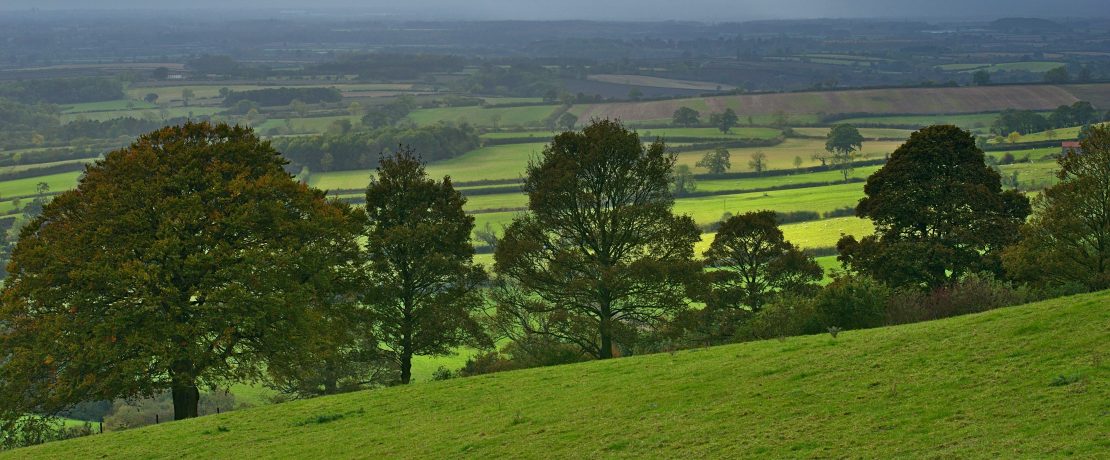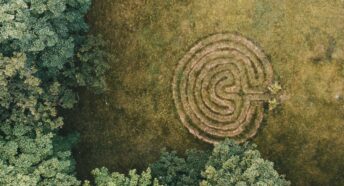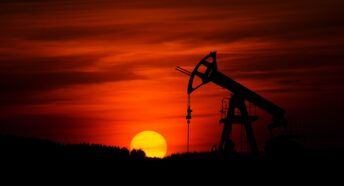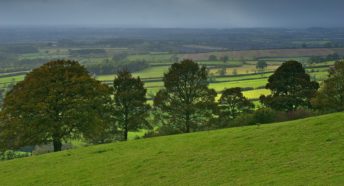Yorkshire Wolds should be an Area of Outstanding Natural Beauty (AONB)
National Parks and Areas of Outstanding Natural Beauty (AONB) should be greener, more beautiful and more accessible to everyone.
The designation AONB was created by the National Parks and Access to the Countryside Act of 1949 and they represent 18 per cent of the finest countryside in England and Wales. They are designated because of the combination of unique flora, fauna, historical and cultural associations which result in them being significant tourism destinations and economic drivers. There are currently a number AONB in England ranging from moors to water meadows and the hopefully soon the Yorkshire Wolds will be added to the list soon.
North Yorkshire has 4 Areas of outstanding Natural Beauty:
- The Howardian Hills AONB
Designation was confirmed in 1987, in recognition of its national landscape importance.
The Howardian Hills AONB covers 204 sq km (79 sq miles) of the North Yorkshire countryside, nestled between the North York Moors National Park, the Yorkshire Wolds and the Vale of York. - Nidderdale AONB
The area is crossed by deep pastoral, often wooded dales of the Washburn, Laver, Burn and the long majestic dale of the Nidd itself. Reservoirs add a further dimension to the beauty of the dale. Rich, rolling and wooded pastoral scenery, with stone settlements like Lofthouse and Kirkby Malzeard, contrast with bleak heather moorland which is broken by craggy gritstone outcrops, including the curious shapes of Brimham Rocks. - Forest of Bowland AONB
Covering 803 square kilometres (300 sq miles) of rural Lancashire and North Yorkshire. The AONB also has semi-natural woodlands and wildflower meadows. Thirteen per cent of the AONB is designated as a Site of Special Scientific Interest (SSSI) for its habitats and geological features. - 2km of North Pennines AONB (which extends to 2 fields and trees – but they’re still ours!)
The designation of the North Pennines as an AONB was confirmed in 1988 and at 1983km2, it is the second largest of the AONBs. One of the most remote and unspoilt places in England, it lies between the National Parks of the Yorkshire Dales and Northumberland, with the former West Durham Coalfield to the east and the Eden Valley to the west.
Without doubt the Yorkshire Wolds in East Yorkshire and parts of North Yorkshire is a pretty special place. CPRE North Yorkshire, along with a number of other groups, charities and members of parliament; would like to see the Yorkshire Wolds recognised as part of the Government’s pledge to increase the number of Areas of Outstanding Natural Beauty (AONB) and National Parks in England laid out in the Glover Report. Areas of Outstanding Natural Beauty (AONBs) are some of our most precious landscapes, which many people would expect to mean that they are safe from being built on. Even though these areas have the strongest protections available in planning law, they are in trouble due to an increasing amount of rapid and reckless housing development, according to new analysis from CPRE – Beauty still betrayed: The state of our AONBs 2021. The pandemic has raised the importance of mental health and wellbeing and people being able to connect with nature. The need to ensure these places are valued and protected is paramount now.
The Lincolnshire Wolds south of the River Humber are part of the same rock formation as the Yorkshire Wolds and they were designated an AONB in 1973. The Yorkshire Wolds are every bit as worthy of designation as parts of the Cotswold’s, Chiltern’s and South Downs. The nearby Howardian Hills are already designated an AONB, based on their specific unique character.
The governments acceptance of the importance of the environment as shown in the Environment Bill, makes this an ideal opportunity to take this project forward.
A partnership of special interest groups would work to establish a management plan, based on the unique characteristics and special qualities of the landscape, to ensure they are conserved and enhanced for the future.
Please join with us in trying to safeguard this unique environment.








